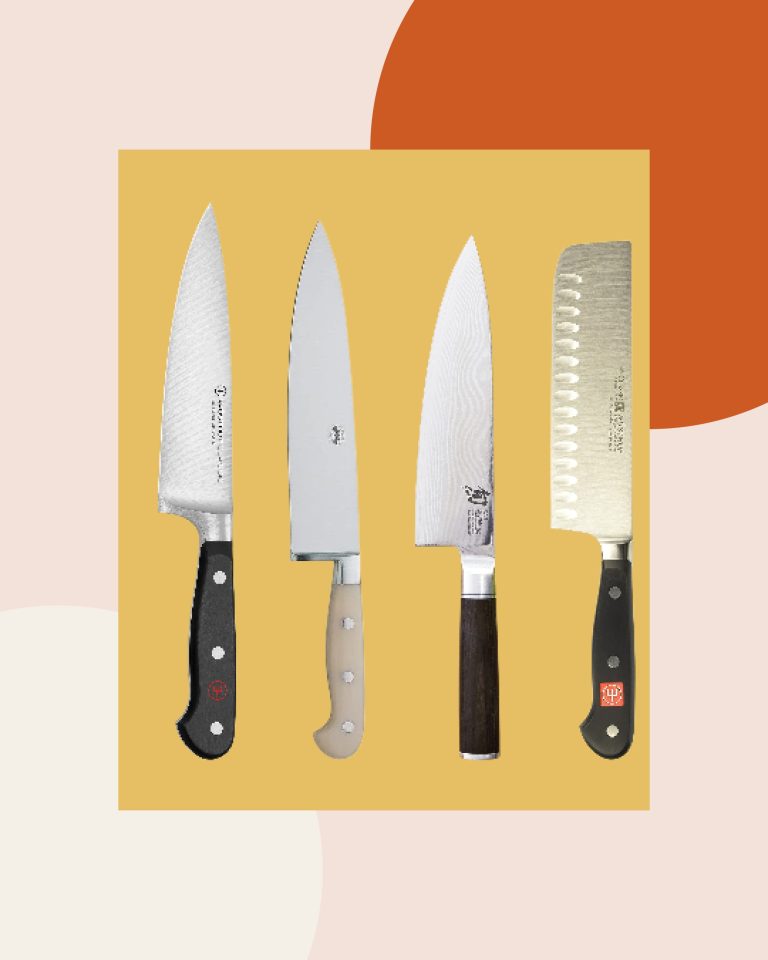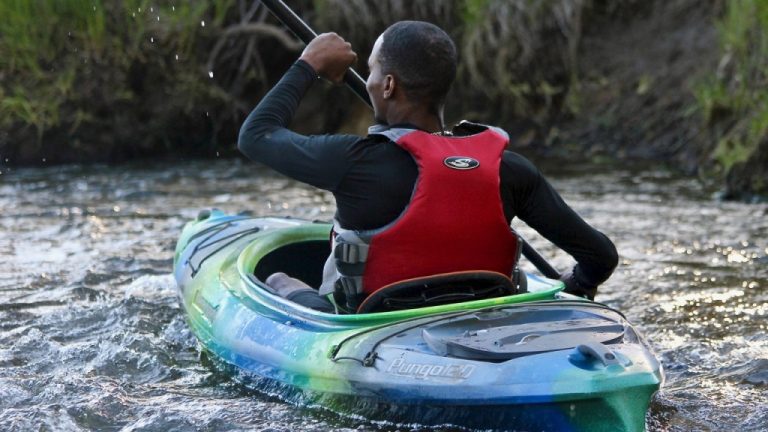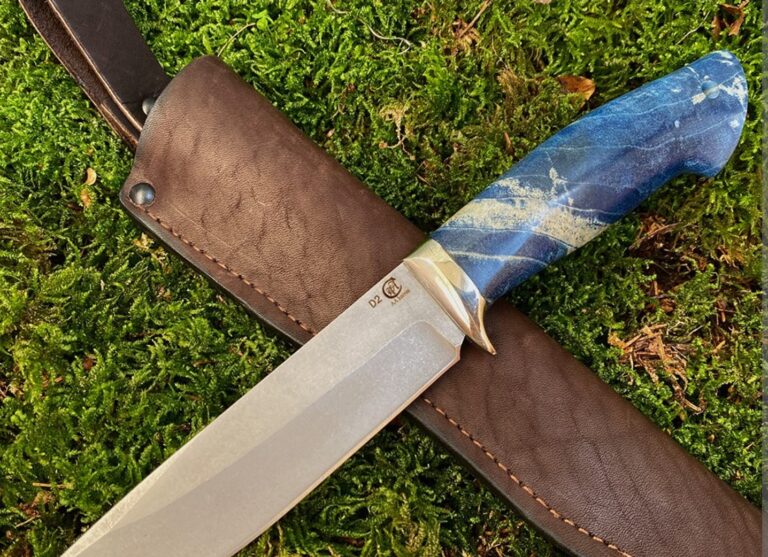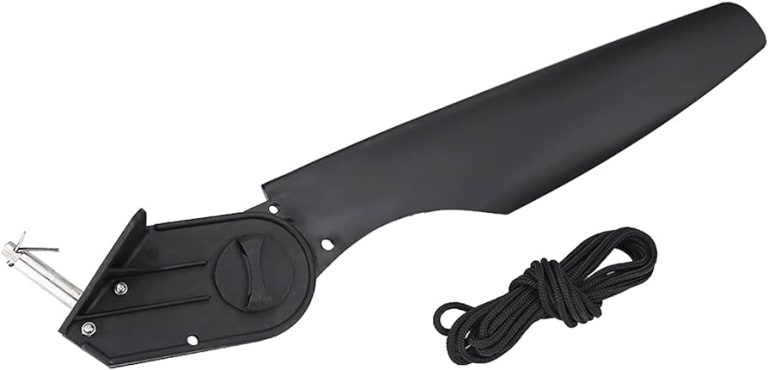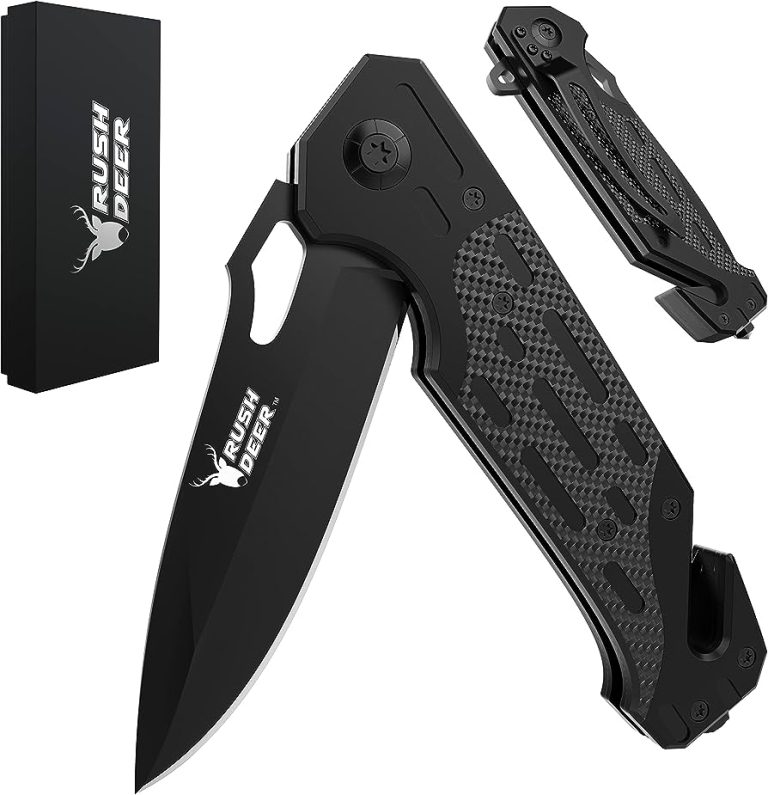Kayaking Knife Vs. Standard Pocket Knife
A kayaking knife is a specialized tool for water sports, designed for safety and specific needs, while a standard pocket knife offers versatility in general tasks. The choice between the two depends on the individual’s preference, intended use, and level of expertise in kayaking.
Kayaking is an exciting and adventurous water sport, but it also poses potential risks and challenges. As such, having the right equipment is crucial to ensure safety and enhance the overall experience. One essential tool for kayakers is a knife, which serves various purposes in emergencies, such as cutting ropes, freeing yourself from entanglements, or puncturing inflatable life vests.
However, the choice between a kayaking knife and a standard pocket knife can be a dilemma. On one hand, a kayaking knife is specifically designed for water sports, with features like a blunt tip to prevent accidental injuries and a serrated edge for cutting ropes easily. On the other hand, a standard pocket knife offers versatility in performing general tasks but may lack the specialized features required in water environments. Ultimately, the decision comes down to personal preference, intended use, and expertise in kayaking. We will explore the differences between a kayaking knife and a standard pocket knife, allowing you to make an informed choice based on your needs and circumstances.
Purpose And Importance Of Choosing The Right Knife
The purpose and importance of choosing the right knife while kayaking cannot be emphasized enough. Having a reliable knife is crucial for ensuring safety and preparedness on the water.
Unlike a standard pocket knife, a kayaking knife is specifically designed for the unique challenges of kayaking. It is important to have a knife that is easily accessible, with a secure and comfortable grip. This allows for quick and efficient use in emergency situations, such as freeing yourself from entanglement or cutting through rope or webbing.
Furthermore, a kayaking knife often features a blunt tip, reducing the risk of accidental punctures or injuries during high-pressure situations. The blade should ideally be made of corrosion-resistant materials, able to withstand exposure to water and harsh conditions.
By choosing the right knife for kayaking, you can be better equipped to handle unexpected scenarios on the water, enhancing safety and peace of mind during your adventures.
Factors To Consider When Choosing A Kayaking Knife
| Factors to Consider When Choosing a Kayaking Knife |
|---|
|
Benefits Of A Kayaking Knife
Kayaking knives offer numerous benefits for both safety on the water and versatility in emergency situations. When it comes to safety, having a dedicated kayaking knife can be crucial. These knives are specifically designed with features such as pointed tips, serrated edges, and rounded blades to ensure maximum safety while kayaking. They are easy to access and can be quickly deployed, providing a sense of security in case of entanglements, rope cutting, or freeing yourself from fishing lines.
In addition to safety, kayaking knives are highly versatile in emergency situations. With their sharp blades, they can be used for various purposes such as cutting ropes, opening packages, or even preparing food. Moreover, these knives often come with additional features like built-in whistles, fire starters, and bottle openers, making them handy multi-tools for outdoor adventures.
In conclusion, a kayaking knife offers immense benefits for any kayaker, providing safety on the water and versatility in emergencies. Its unique design and features make it an essential tool for every kayaking trip.
Benefits Of A Standard Pocket Knife
Benefits of a Standard Pocket Knife:
A standard pocket knife offers numerous advantages for all-purpose use outside of kayaking. Its versatile design and compact size make it a valuable tool in various situations. Firstly, a pocket knife with a durable blade ensures reliability and efficiency in camping and hiking activities. It can be used for cutting ropes, opening packages, preparing food, and even carving wood. Secondly, its portability enables individuals to carry it conveniently in their pockets, ensuring accessibility at all times. Additionally, a pocket knife can serve as a self-defense tool, providing a sense of safety and security. Its quick deployment and sharp blade can deter potential threats and assist in emergency situations. Lastly, a standard pocket knife often includes additional features like a bottle opener or screwdriver, enhancing its utility in everyday tasks. In conclusion, a pocket knife’s versatility and practicality extend beyond kayaking, making it a valuable tool for various purposes.
Comparison Of Performance And Functionality
Evaluating the performance and functionality of a kayaking knife compared to a standard pocket knife reveals distinct differences. When it comes to cutting ability in wet conditions, a kayaking knife outperforms a standard pocket knife. Its serrated blade design provides enhanced grip on wet surfaces, allowing for efficient cutting and slicing. Plus, the blade is typically made of corrosion-resistant materials like stainless steel, ensuring durability in water-based environments.
When considering ease of access and deployment, kayaking knives shine. Equipped with a secure locking mechanism and a specially designed sheath, these knives can be easily attached to a life jacket or PFD (personal flotation device) for quick and convenient access during emergency situations.
In terms of maintenance and care, kayaking knives are designed with water sports in mind. They often feature rust-resistant properties that require minimal maintenance. Regular rinsing and drying are usually sufficient to keep them in top condition.
| Kayaking Knife | Standard Pocket Knife | |
|---|---|---|
| Performance | Serrated blade for enhanced grip in wet conditions | Versatile for general cutting tasks |
| Access and Deployment | Secure locking mechanism and attachable to life jacket or PFD | Compact size for easy carrying |
| Corrosion Resistance | Stainless steel blade for durability in water-based environments | May require more frequent maintenance to prevent rust |
| Maintenance | Rust-resistant properties with minimal maintenance | Regular care needed to avoid corrosion |

Credit: store.bigcedarcreek.com
Legal Considerations For Carrying A Knife
Legal Considerations for Carrying a Knife
In terms of local laws and regulations, it is crucial to be aware of the specific restrictions surrounding the possession and use of a knife, particularly in kayaking scenarios. These regulations can vary from one jurisdiction to another and may specially address the type and size of the knife allowed, its purpose, and whether it needs to be concealed or open carry. For example, some areas may have stricter regulations for carrying a knife on a kayak due to safety concerns or environmental protection. Complying with these laws is essential in order to avoid any legal complications or penalties.
Before embarking on a kayaking trip, it is highly recommended to thoroughly research and familiarize oneself with the local laws and regulations for carrying a knife. This can be done by consulting local authorities or searching for information on government websites. Remember, ignorance of the law is not a valid defense if caught violating these regulations. Ensuring compliance not only helps to maintain personal safety but also promotes responsible and lawful use of knives while kayaking.
Demographics And Personal Preferences
Demographics and Personal Preferences:
When it comes to choosing between a kayaking knife and a standard pocket knife, several factors come into play. Firstly, consider your skill level and experience in kayaking. If you are a seasoned kayaker who often encounters challenging conditions and needs to perform specialized tasks while on the water, a kayaking knife may be the best choice for you. These knives are specifically designed for water sports, with features such as a blunt tip, serrated edge, and a secure grip handle to ensure safety and ease of use.
On the other hand, if you are a recreational kayaker who primarily enjoys calm waters and doesn’t require specialized functions, a standard pocket knife may suffice. It offers versatility for general outdoor use and can be easily carried in your pocket.
Ultimately, your individual needs and preferences will dictate the right choice for you. Consider factors such as the type of kayaking you do, the environments you frequent, and the specific tasks you may need a knife for. By carefully evaluating your requirements, you can make an informed decision between a kayaking knife and a standard pocket knife.
Conclusion
Based on our comparison of the Kayaking Knife and the Standard Pocket Knife, it is evident that both tools have their own unique advantages and disadvantages. The Kayaking Knife is specifically designed for water sports and offers features like a blunt tip for safety and a serrated edge for cutting through ropes.
On the other hand, the Standard Pocket Knife is a versatile tool that can be used for various purposes beyond kayaking. Depending on the specific needs of your kayaking adventures, you may prefer one over the other. If safety and water-specific functionalities are your main concerns, then the Kayaking Knife would be the ideal choice.
However, if you value versatility and the ability to use the knife for other purposes, the Standard Pocket Knife would be more suitable. Ultimately, the decision between a Kayaking Knife and a Standard Pocket Knife boils down to personal preference and the requirements of your kayaking excursions.
By considering the factors discussed throughout this blog post, you can make an informed choice that aligns with your specific needs and preferences.

